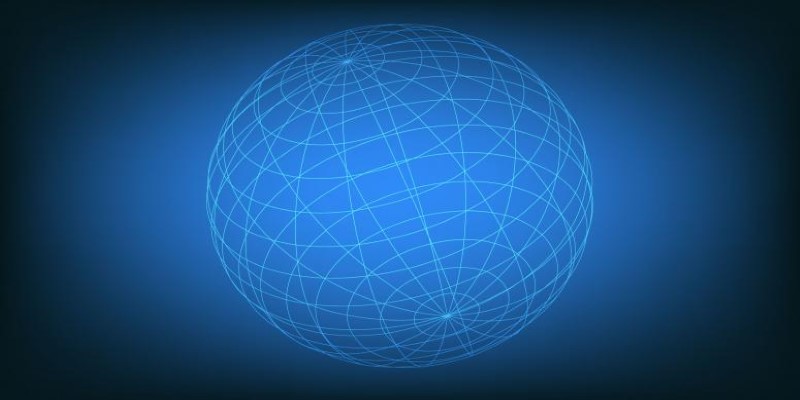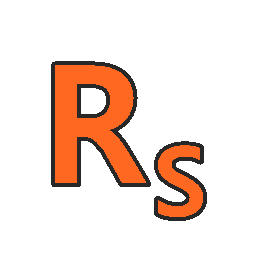
About Course
Computer graphics is one of the fundamental aspects of any computing system.
Its primary role is to render the digital content (0’s and 1’s) in a human-comprehensible form on the computer screen. The rendering follows a series of stages, collectively known as the graphics pipeline. In this course, we will introduce the pipeline and its stages.
The topics covered include various object representation techniques followed by the pipeline stages of modeling transformation, 3D to 2D viewing transformation, clipping, and hidden surface removal, and scan conversion (rendering). We shall follow the stages of the 3D graphics pipeline. In order to complete the coverage, we shall also briefly introduce the present-day graphics hardware (I/O devices, GPU) and the widely popular OpenGL graphics library.
INTENDED AUDIENCE: UG students of Computer Science and Engineering/IT.
Course Content
Computer Graphics
-
Computer Graphics
00:00 -
Lec 18: View transformation
00:00 -
Lec 19: Projection transformation
00:00 -
Lec 20: Windows-to-viewport transformation
00:00 -
Lec 21: Clipping introduction and 2D point and line clipping
00:00 -
Lec 22: 2D fill-area clipping and 3D clipping
00:00 -
Lec 23: Hidden surface removal – I
00:00 -
Lec 24: Hidden surface removal – II
00:00 -
Lec 25: Scan conversion of basic shapes – I
00:00 -
Lec 26: Scan conversion of basic shapes – II
00:00 -
Lec 27: Fill area and character scan conversion
00:00 -
Lec 28: Anti-aliasing techniques
00:00 -
Lec 29: Graphics I/O Devices
00:00 -
Lec 30: Introduction to GPU and Shaders
00:00 -
Lec 31: Programming with OpenGL
00:00 -
Lec 17: Color models and texture synthesis
00:00 -
Lec 16: Intensity mapping
00:00 -
Lec 15: Shading models
00:00 -
Lec 1: Introduction to graphics
00:00 -
Lec 2: Historical evolution, issues and challenges
00:00 -
Lec 3: Basics of a graphics system
00:00 -
Lec 4: Introduction to 3D graphics pipeline
00:00 -
Lec 5: Introduction and overview on object representation techniques
00:00 -
Lec 6 :Various Boundary Representation Techniques
00:00 -
Lec 7: Spline representation – I
00:00 -
Lec 8: Spline representation – II
00:00 -
Lec 9: Space representation methods
00:00 -
Lec 10: Introduction to modeling transformations
00:00 -
Lec 11: Matrix representation and composition of transformations
00:00 -
Lec 12: Transformations in 3D
00:00 -
Lec 13: Color computation – basic idea
00:00 -
Lec 14: Simple lighting model
00:00 -
Lec 32: Concluding remarks
00:00
Student Ratings & Reviews

No Review Yet
